Rare photos of the first Glastonbury festival
Written by ABR on 04/05/2023
At the end of June 1971, photographer Paul Misso was hurtling down the A303 in a caravan with the actress Julie Christie and 250 rolls of colour film. They were given to him by the director Nic Roeg (responsible for Anjelica Huston’s The Witches) who planned to make a film about counterculture at the first Glastonbury Fayre and tasked him with shooting stills. Like all good festivals, it was raining when they arrived but as they drove into the field, past an unmanned gate, the skies cleared. “Suddenly there was this sense that this is a magic place,” he says. The Pyramid Stage was being constructed as a beacon of spirituality in the English countryside, and people wandered about with smiles on their faces. The whole place was shrouded in “a sense of expectancy,” he says; “it was like entering a different kingdom”.
Andrew Kerr, a hippy aristocrat, who had gone to the Isle of White Festival in the summer of 1970 and was appalled at the commercialisation of the event, decided to create his own free festival. In the Vale of Avalon — which, according to local legend has long been a utopian paradise cloaked in myths and natural beauty — he hoped people would connect to the earth and pave the way for a spiritual awakening. He’d heard of a dairy farmer in Somerset called Michael Eavis, who had put on a small festival on his land the year prior, and reached out. Andrew didn’t advertise the event, people arrived by word of mouth, and it attracted between 7,000 and 12,000 people.
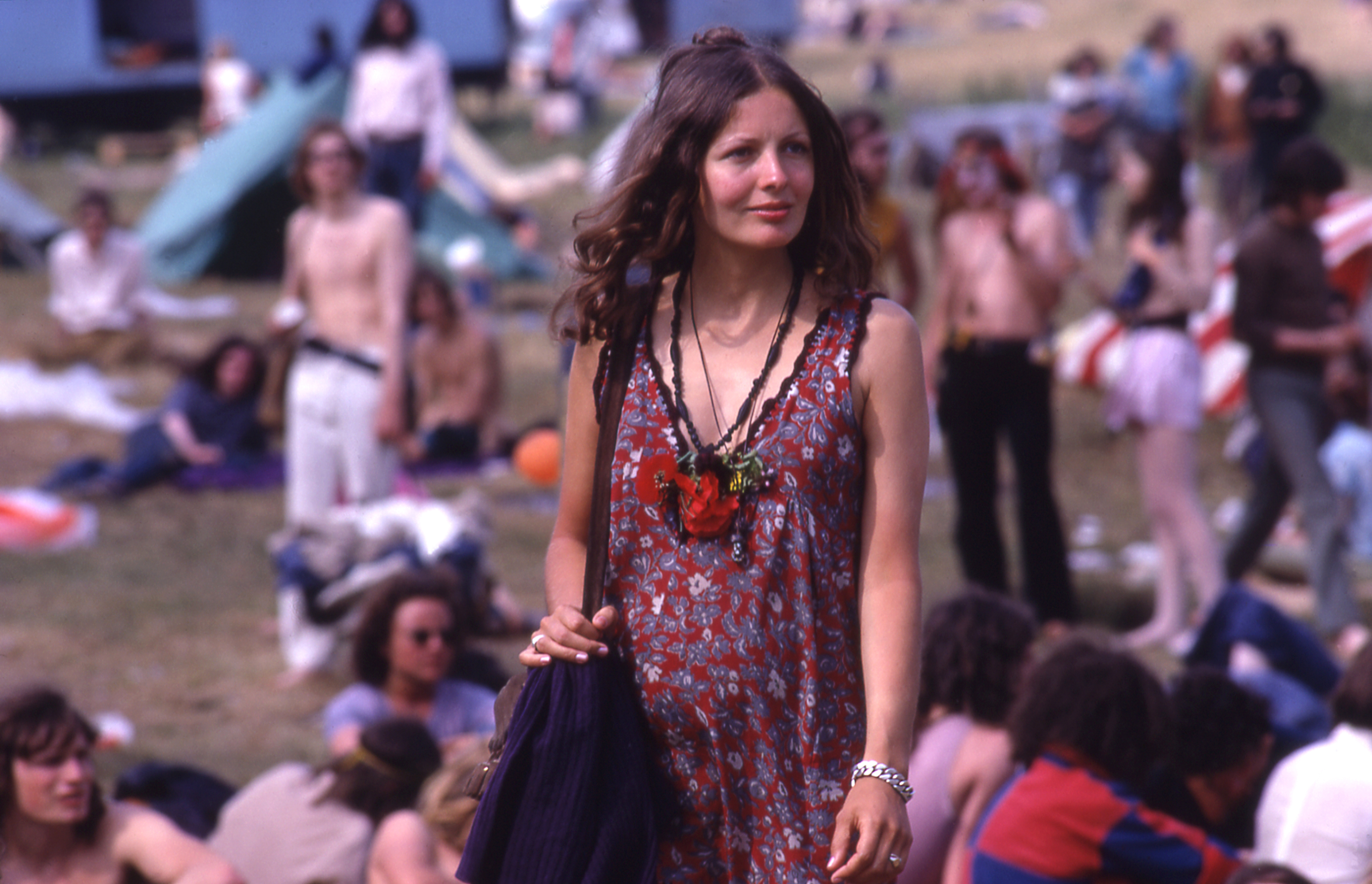
At its centre was the Pyramid Stage, where Arthur Brown, David Bowie, Fairport Convention, Traffic and Hawkwind performed. It was placed according to Pagan and early Christian legends, in a position of magical and spiritual energy that still exists to this day. British architect Bill Harkin designed the stage, likened to the Great Pyramid of Giza, after it came to him in a dream. “I was standing to the rear of an open air stage next to a drum riser, looking towards the audience that someone was addressing,” the late designer once recalled. “There were two beams of light forming a pyramid in the sky with some buildings on the horizon. My habit was to note my dreams at the time, looking at my notes over breakfast and inspired by the conversations with Andrew’s tribe… I started in the studio with the notes and the rough sketch.”
In his mission statement, Andrew wrote that he wanted Glastonbury to be “a fair in the medieval tradition embodying the legends of the area with music, dance, poetry, theatre lights and the opportunity for spontaneous entertainment”. It was not interested in monetary profit, but rather raising awareness about how people were ruining the environment: “he is suffering from the effects of pollution and from the neurosis brought about by a basically urban industrial society and a lack of any meaningful spirituality in his life. The aims are therefore, the conservation of our natural resources, a respect for nature and life, and a spiritual awakening.”
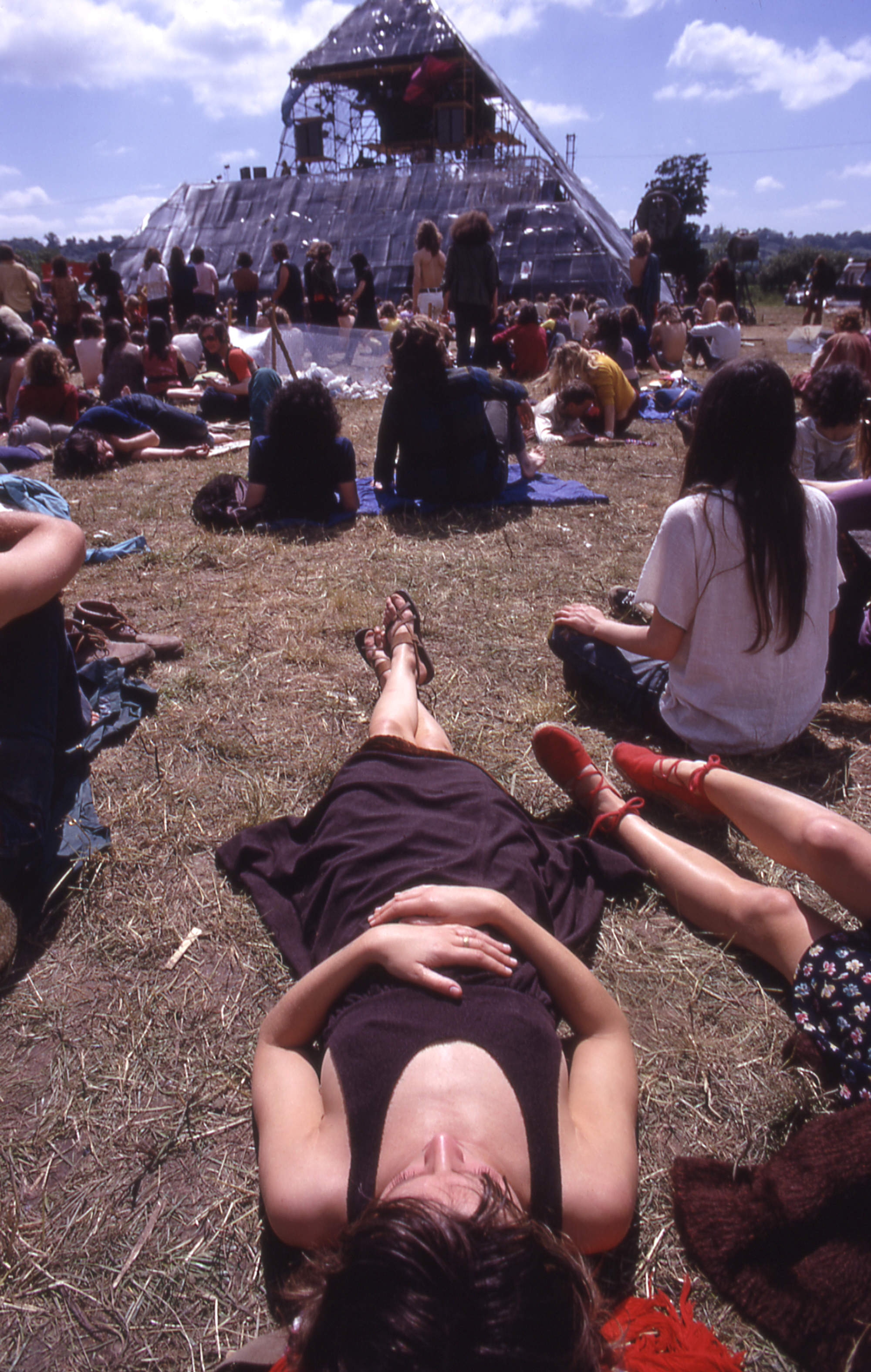
No one could’ve predicted that half a decade later, more than two million people would try to get tickets to Glastonbury each year; that they’d sell out in under half an hour and that 250,000 people would attend. Since first attending as stills photographer on Nic Roeg’s movie 50 years ago, Paul Misso has attended every single edition of Glasto — building up quite the archive of festival-goers and musicians in the process. Now, for the very first time, Paul is releasing his photos of when music fans descended on Worthy Farm’s debut event in a new photo book, In the Vale of Avalon Glastonbury 1971.
Today, Paul admits, the festival is much more commercial than it once was. Security is a whole different ballpark — after gangs ruled in the 00s and petty crime and drug dealing became rife — and Michael spent millions on new gates to create a safe space within. “There are pockets that feel exactly the same,” Paul says — in the Healing Fields, for example, where everything is much more quiet and gentle. The images in his book reflect that and could be taken from a modern-day Glastonbury: burnt Brits as well as soggy raincoat-clad ones, men with mullets and women with loose bangs.
The book is compiled to reflect the daily evolution of festival itself — moving from daytime images to the depths of the evening, and back again in slightly dirtier mornings. It captures the duality of Glastonbury, which is, in part, wholesome, with festival-goers frolicking in fields of yellow flowers or bathing in the sun on their campsite. There are children and New Age travellers playing drums. The rest is feral, drug fuelled, chain-smoking chaos.
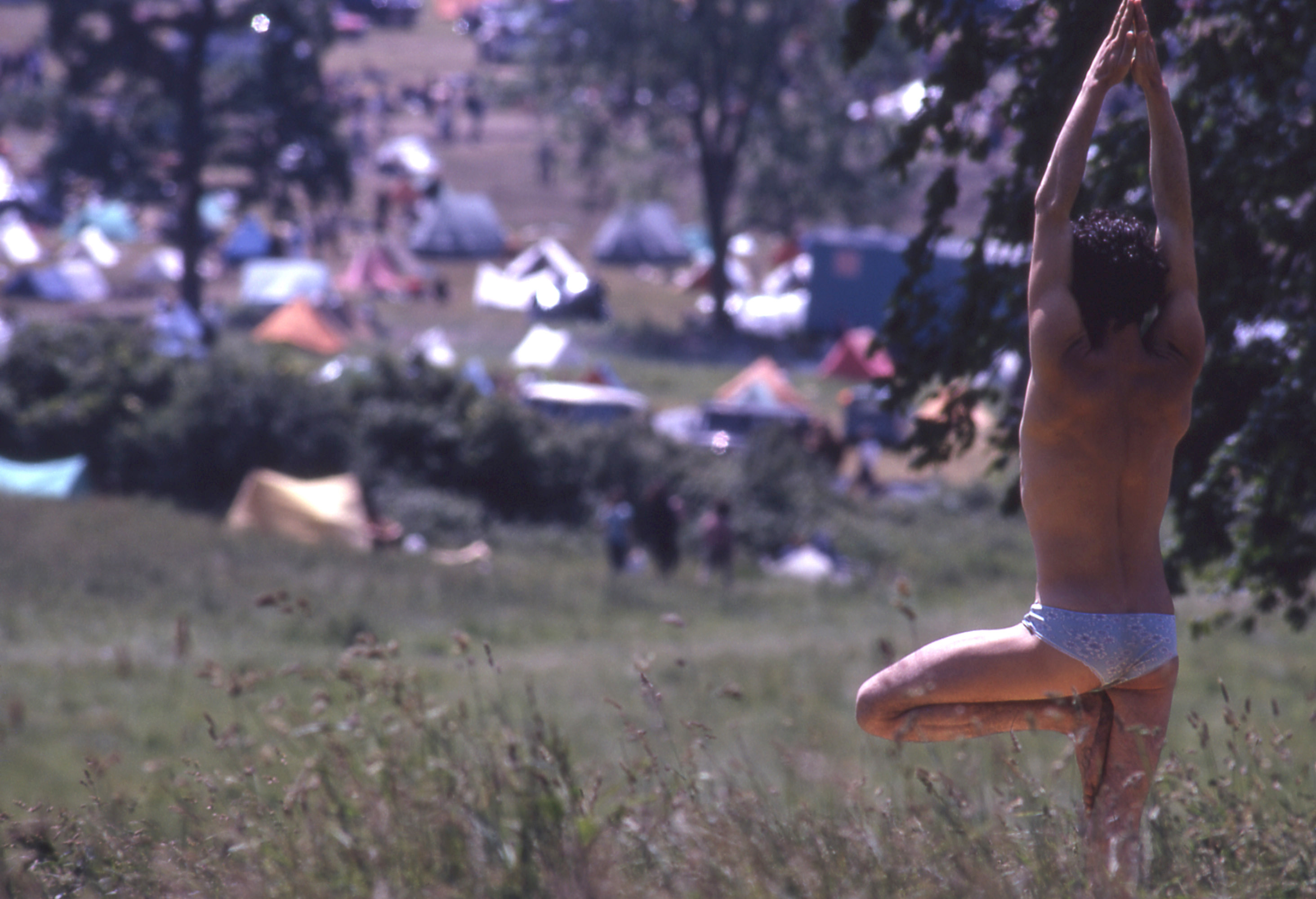
It immortalises sacred moments special to Glastonbury, such as a Christ-like man wearing only briefs, a flower crown in his hair and a big scar across his stomach, standing illuminated with his hands outstretched, surrounded by a group of people in darkness. Two priests smoking a joint that Paul calls “Holy Smoke”; or his most iconic image, the pyramid lit up at night time, glowing against a dark green sky in the middle of the English countryside. The audience is ghostly, and there’s a fire right in the centre that almost feels almost ritualistic.
It’s an archive of the “gentle misfits, living life in its margins and looking for a mainstream credo to replace distrusted inherited values,” as The Guardian wrote of Glastonbury-goers in 1971. Or, as Paul’s father — a Malaysian GP in the east end of London — once told his hippie son: “I know what you are, you are bohemian.” The photographer still sees this as a compliment today. “We weren’t just about music, we weren’t just about art,” he says, “we were about what’s going on. We’d lived through homosexuality being illegal… and the Vietnam War.” In the late 60s, he remembers draft dodgers sleeping on his sofa. “We were conscious of the insanity that was going on and the unconscionable attitudes that people had. And knew something had to be done.”
Glastonbury was for Britain what Woodstock was for America: a hippie dream, but its legacy has lasted much longer. Perhaps that’s down to a deep-rooted sense of spirituality and a festival site positioned over two powerful energy ley lines; or it could just be a country that really loves to party, undeterred by even the Biblical rain and mud bath of 1997. From Stormzy headlining in a bulletproof vest to the Dalai Lama celebrating his 80th birthday on the Pyramid Stage with Patti Smith, as Paul puts it, “there really isn’t anything like Glastonbury”.
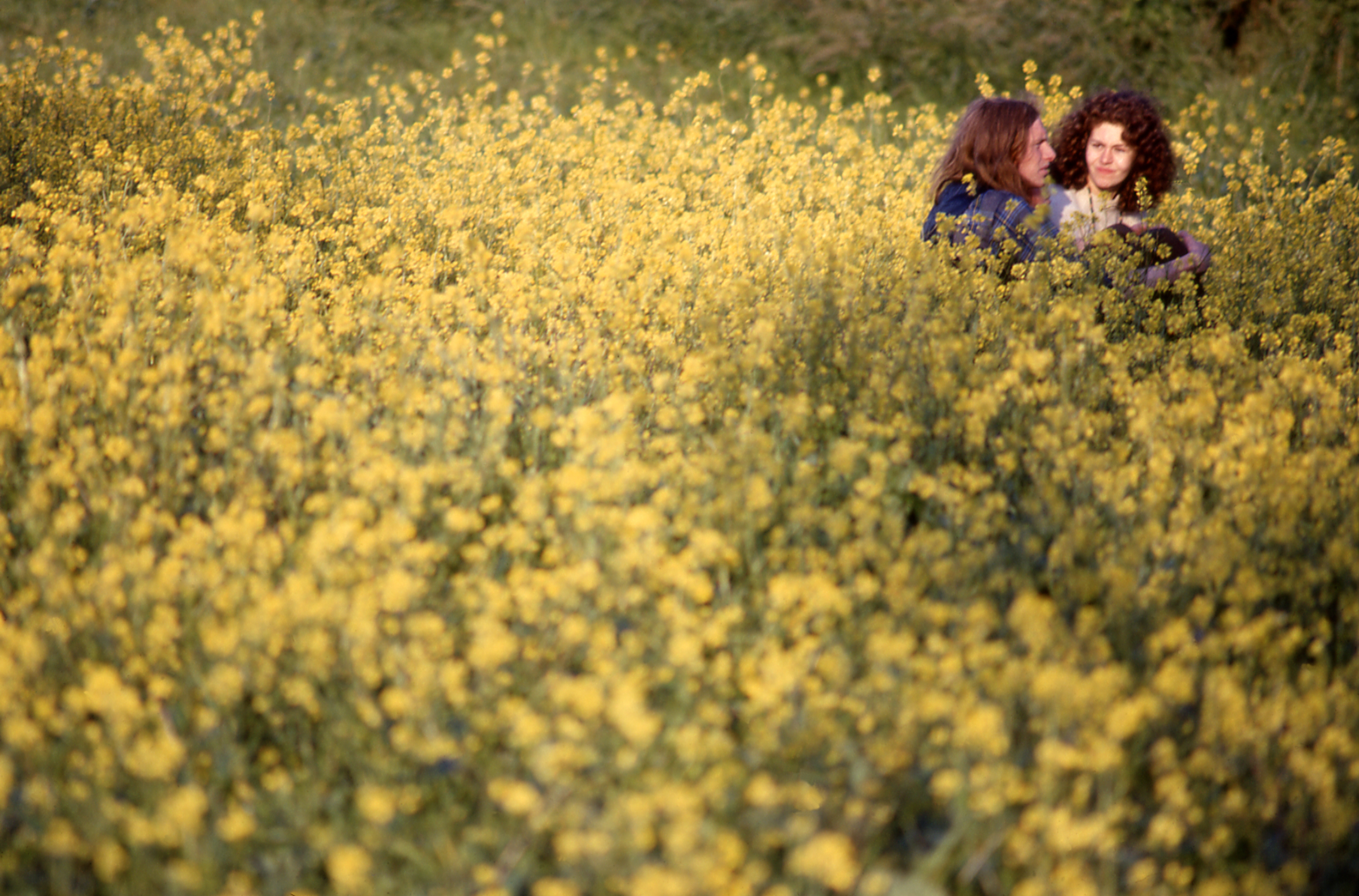
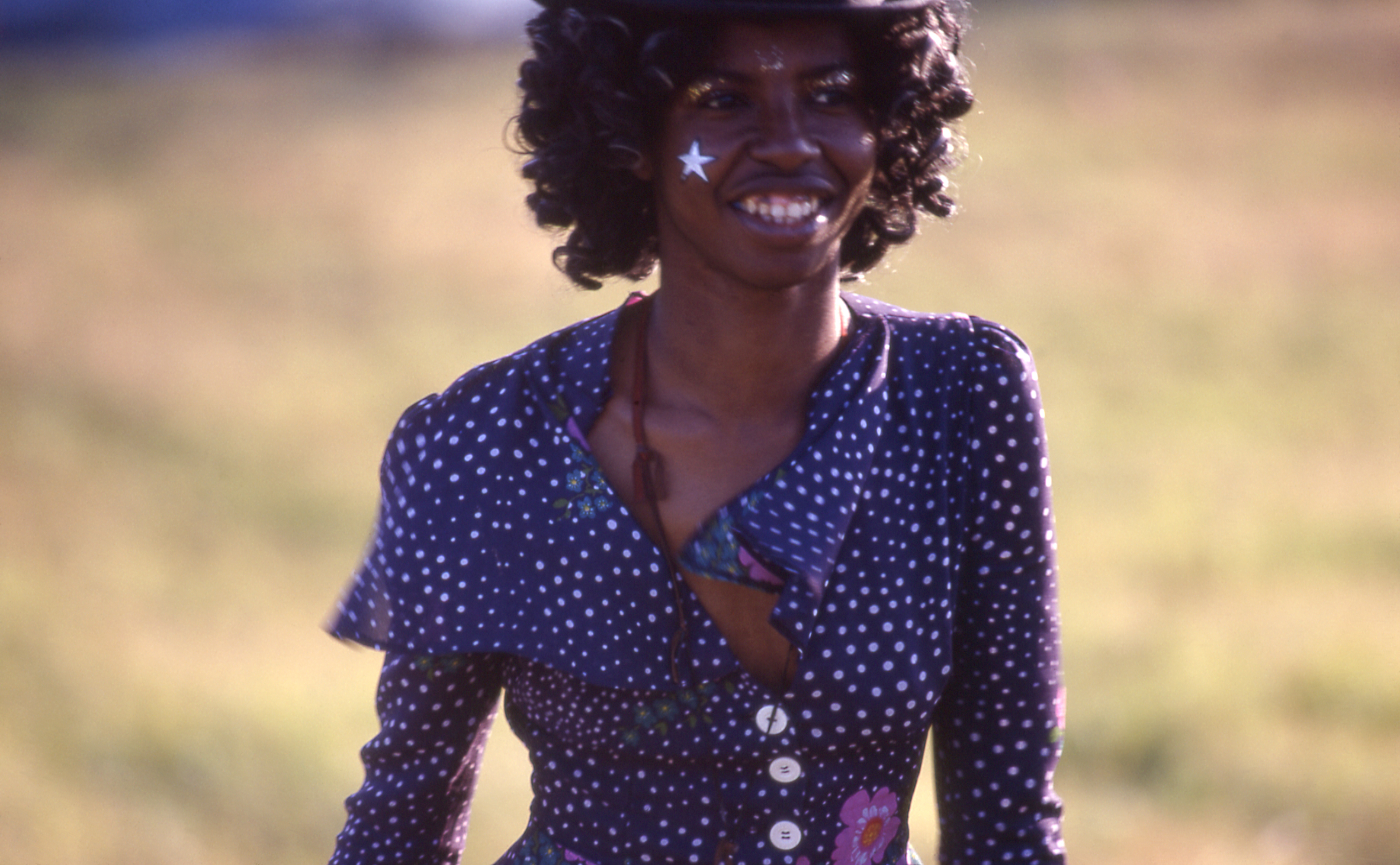
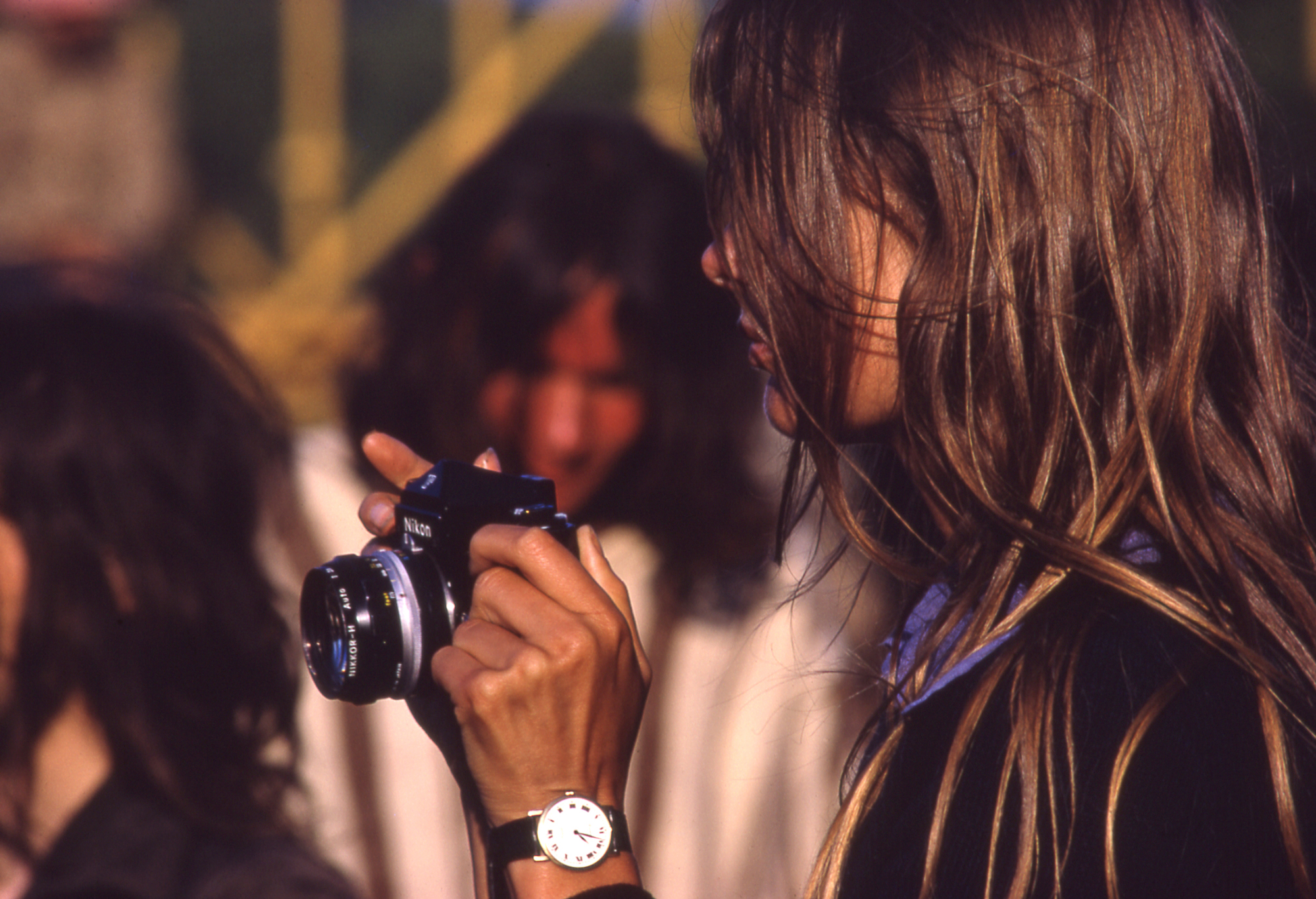
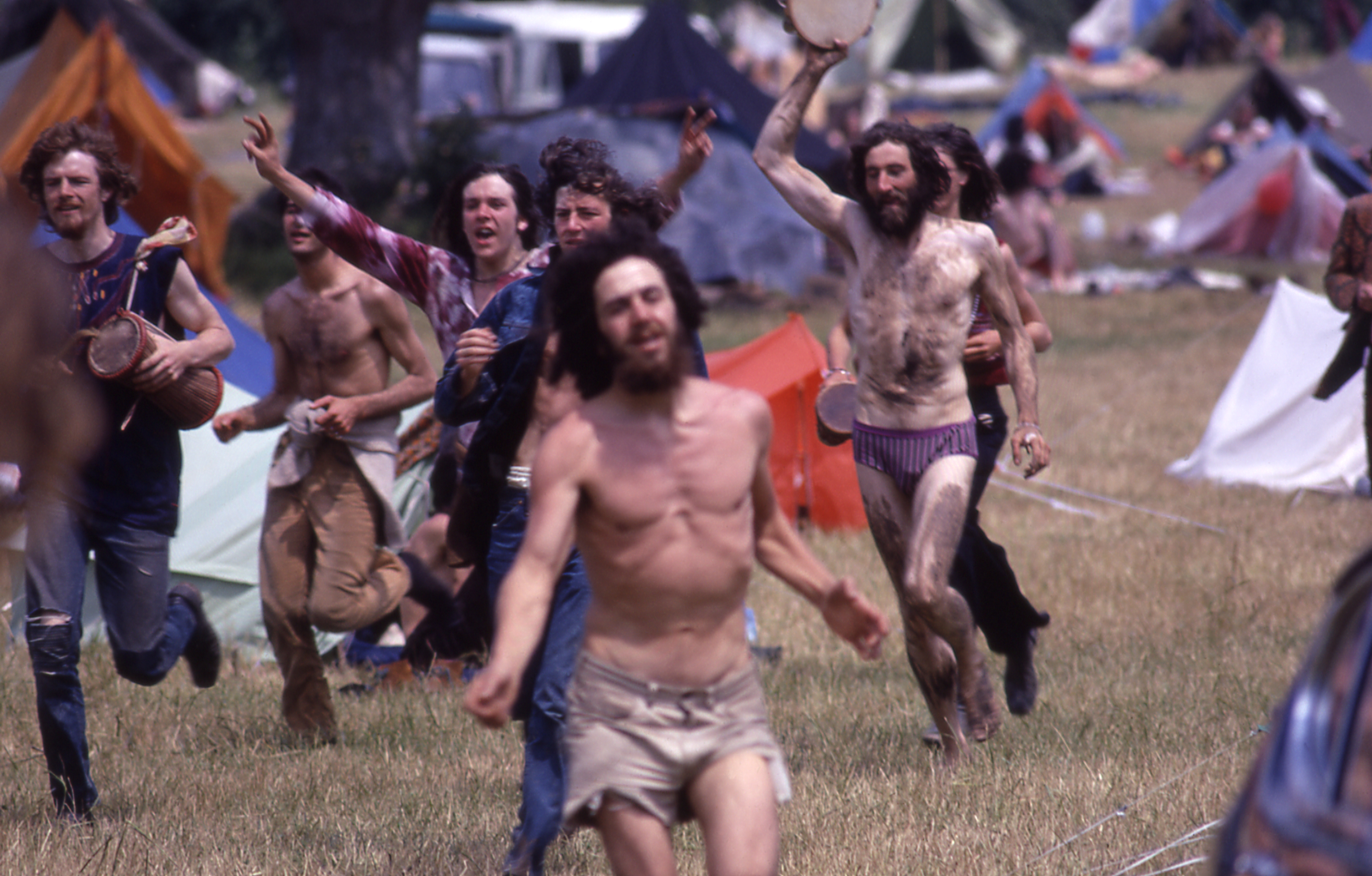
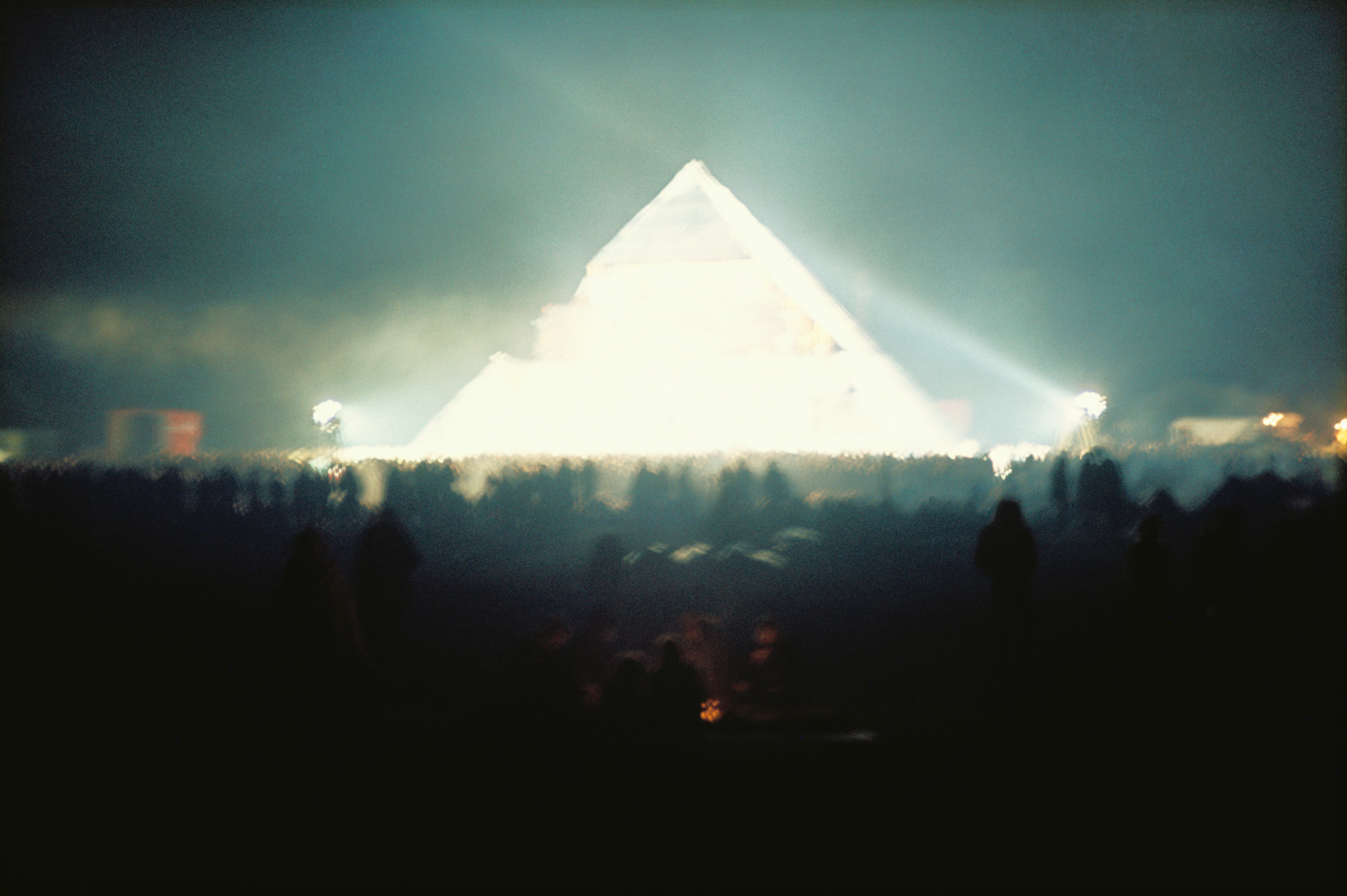
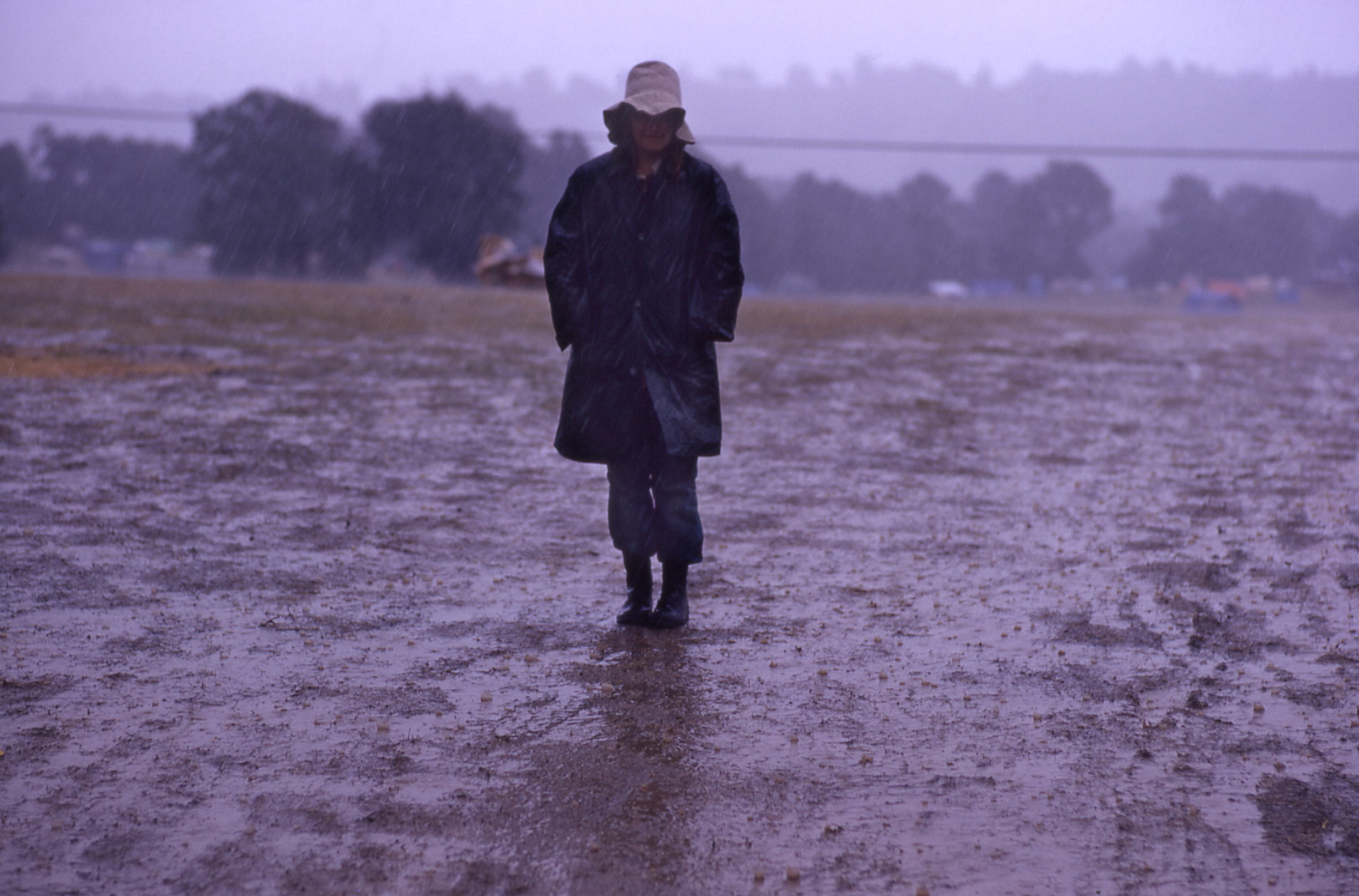
Credits
Photography Paul Misso


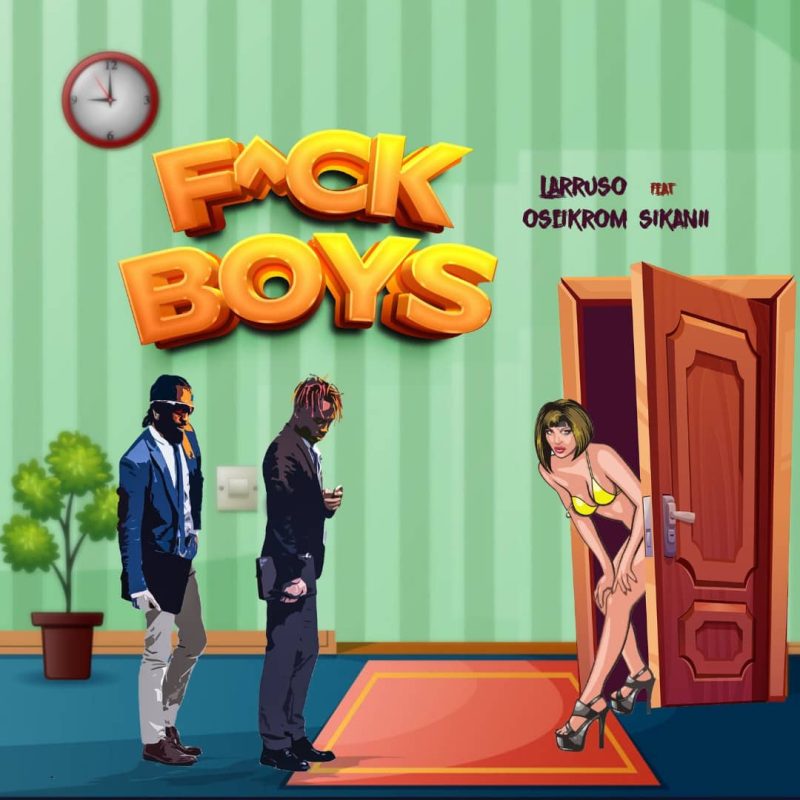
 ABR Group
ABR Group